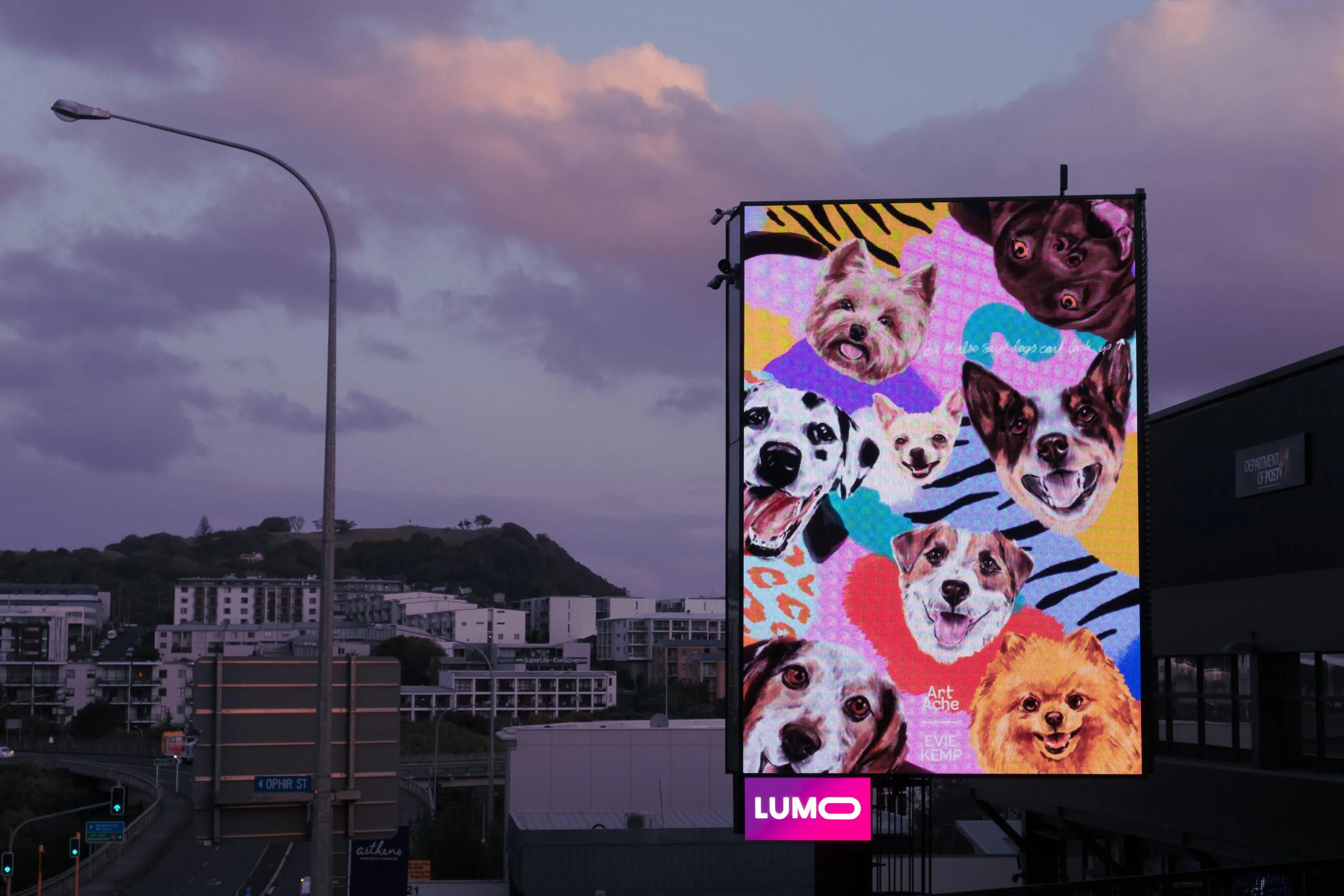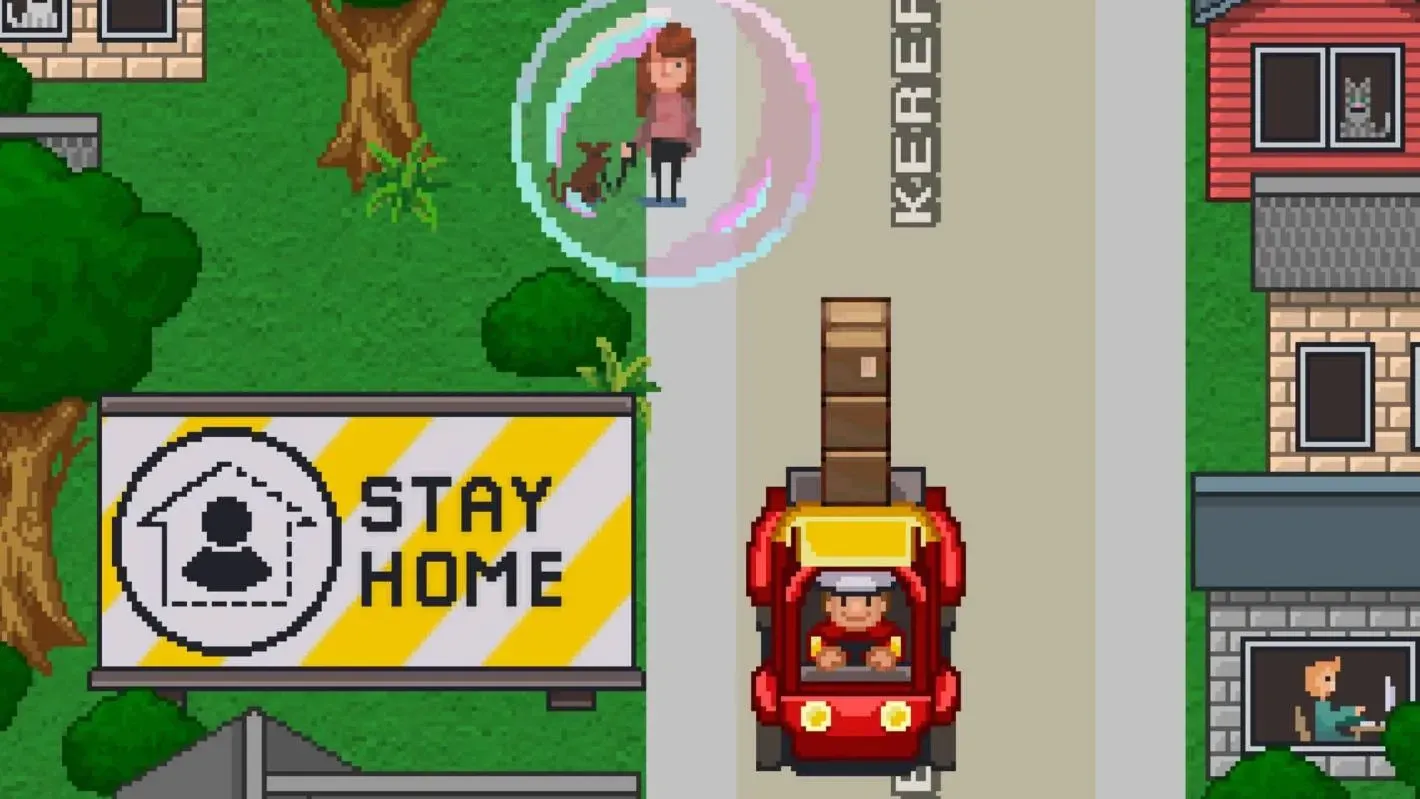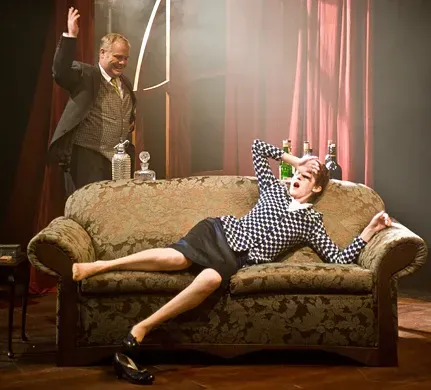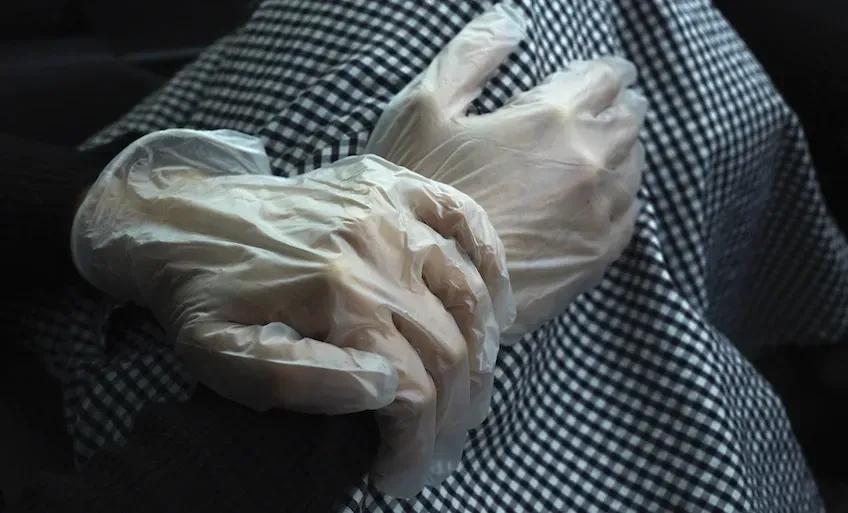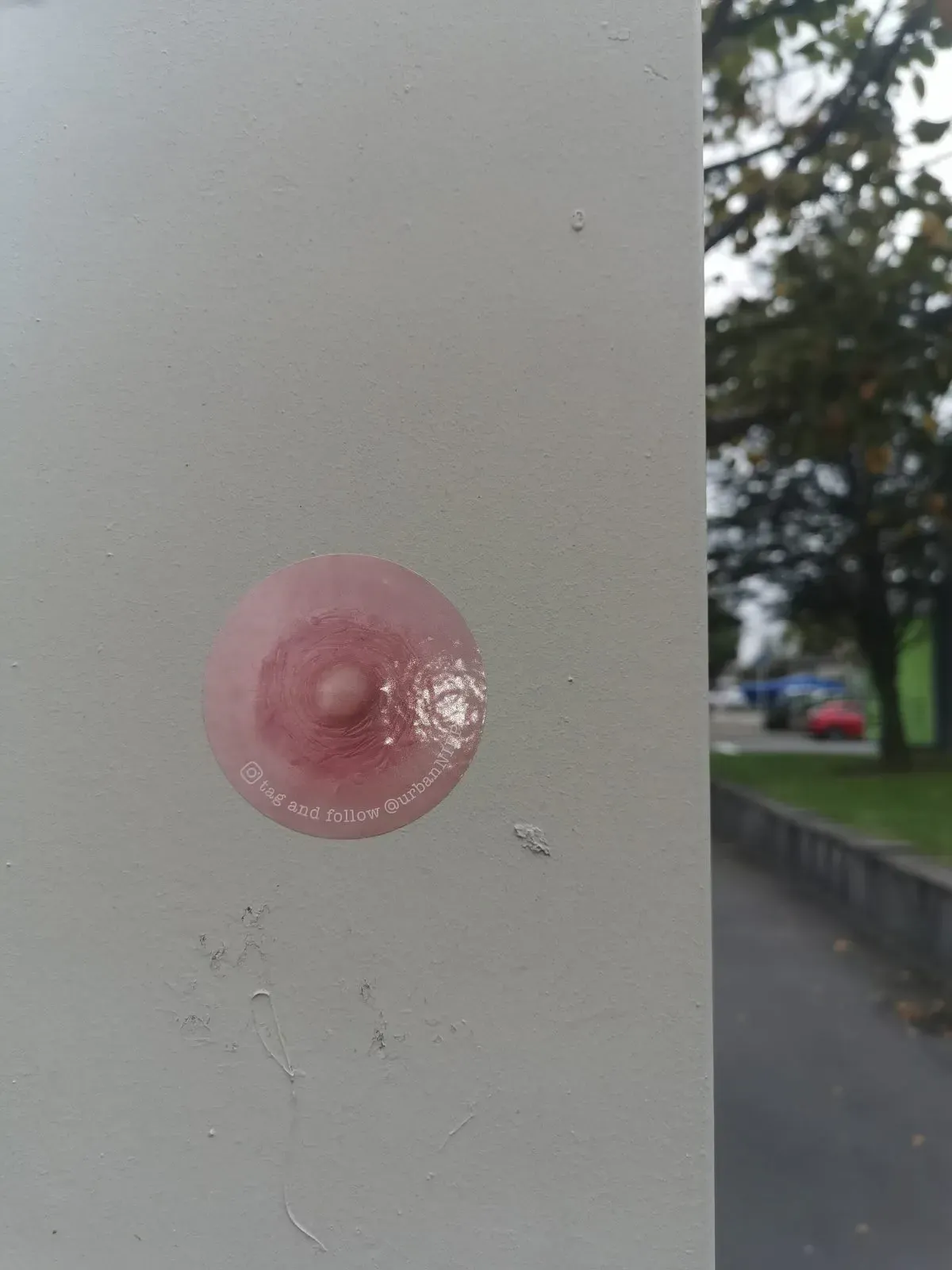Lockdown Liberation for the Arts
Written by

Liberation, Fear, Growth?
What will the arts look like under Level Two? This week, arts producers nationally will be looking ahead and assessing their options. Moving through the levels from Four to Three to then Two, will mean at that last point public gatherings become allowed again (of up to 100 people indoors and 500 outdoors).
We can gear up for galleries and potentially smaller venues opening. What will the public appetite be? We can anticipate feelings of liberation but also fear.
With a deepening recession, we can predict plenty of changes in the sites and modes of arts production. After years of studio and rehearsal space becoming increasingly expensive, expect to see a swath of vacant commercial space become more available, matched by a drive for art to play a more visible social role in bringing communities back into public spaces.
Already this week Wellington City Council have announced in this RNZ story a wish to see the ‘events capital’ (as it likes to brand itself) roll out “smaller scale, local type” events to encourage people back into the city centre.
That should be a boon to artists, and for the projects of brokers of vacant space like The Dunedin Dream Brokerage, Life in Vacant Spaces in Christchurch and Makeshift Space in Nelson. They’ve followed Urban Dream Brokerage in Wellington, born of the last recession. It’s time to plan for small festival projects, though winter will impact on these in the coming months.
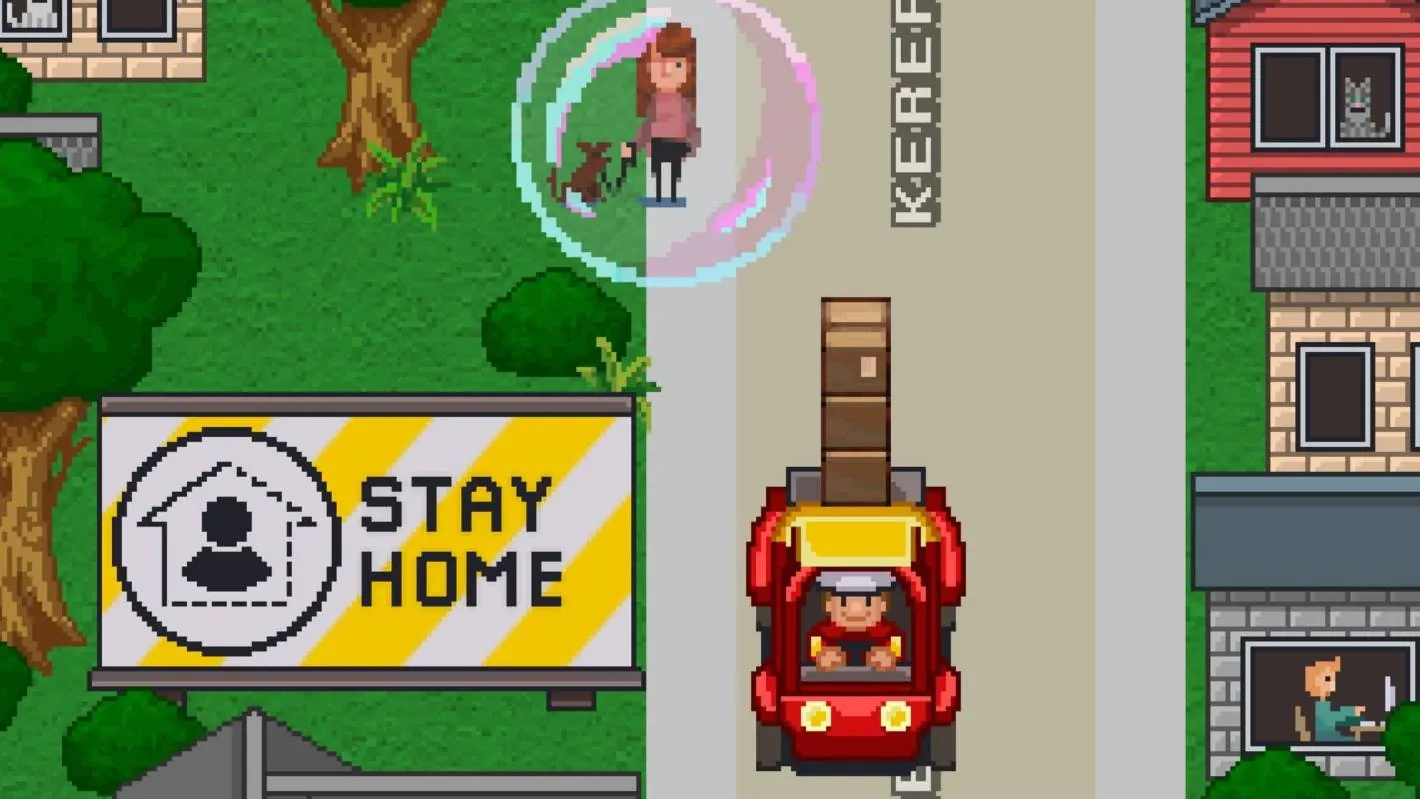
'Lockdown Logistics' video game developed by Gap Filler and CerebralFix
Following the Christchurch earthquakes, the programme Gap Filler had an enormous impact on bringing people back to that city’s vacated CBD. They’re still running, and as this Stuff story outlines, have created an old-style video game Lockdown Logistics with CerebralFix, which gives players the opportunity to keep NZ running under lockdown whilst avoiding bursting people’s two-metre bubbles. The online version is free to play and will be out in public space after lockdown. The two companies previously worked together on Gap Filler's Super Street Arcade project, the “world's first giant, outdoor arcade game system” in Christchurch, which has also been recently installed in Townsville, Australia.
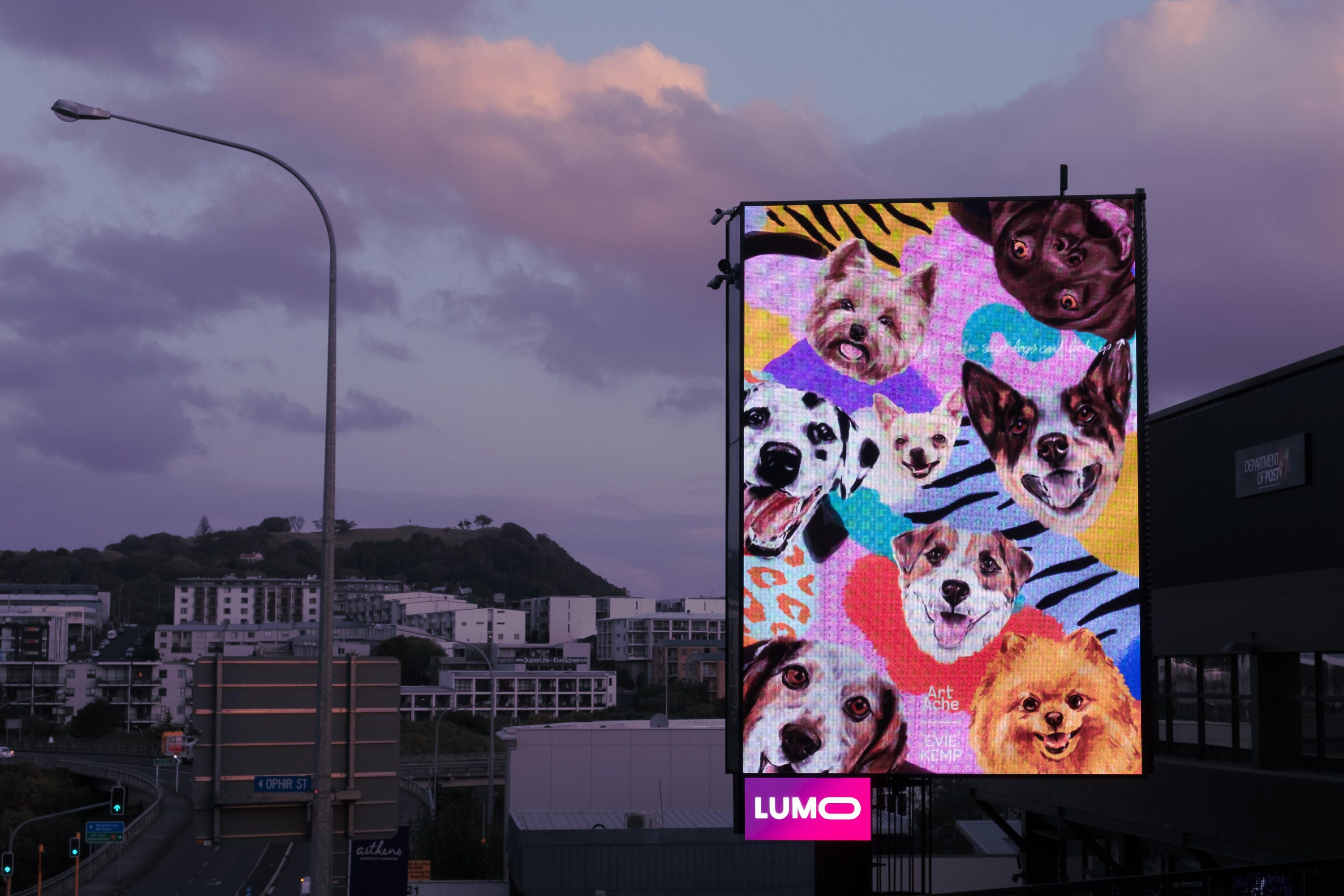
Evie Kemp billboard work in The Joy Campaign from Art Ache.
The commercial space takeover has already started on the nation’s billboards. In previous Lowdowns, we’ve highlighted the work of Art Ache in Auckland and Urban Art Foundation in Wellington through their partnerships with advertising companies nationwide. In lockdown, both have stepped up their work.
Art Ache, as RNZ reports, have rolled out ‘The Joy Campaign’ - over 24 giant billboard sites in cities nationwide with company Lumo (pictured a work by Evie Kemp in Mt Eden), while Urban Art Foundation with Ohh! Media have unveiled this ‘Isolation’ themed exhibition, amassing over 400 smaller advertising signs.
Another area of growth is likely to be in the regions. In the last year or so, we’ve seen an increased emphasis by the government on investment in the regions, with ‘access’ the buzzword around the arts. Arts initiatives in the regions have been growing in confidence. With restrictions on international travel, we can expect a ‘don’t leave town, but do see the country’ national tourism boost. That’s where arts in the regions should do well as patron Terry Parkes suggests in the Taranaki Daily News for “the three n’s: New Plymouth, Napier and Nelson’”. I could add plenty of other locations from the alphabet.
By the end of 2021 that should include Whangārei: here’s an update from the NZ Herald on construction of the Hundertwasser Centre and Wairau Māori Art Gallery, noting after lockdown they should be a month away from the building revealing some colour and shape. And then there’s Whanganui, an art tourism gem: the glorious redeveloped Sarjeant Gallery in Whanganui is due to reopen in 2022.
It’s Popping Online
Meanwhile, the online space for the arts is growing, with varying levels of trial-and-error based quality. For the performing arts Boosted Live, launching this Friday 24 April, will be interesting to watch: providing a way to charge for streaming performances (something BATS Theatre Wellington have been rolling out all lockdown).
It’s worth considering what works and doesn’t in the proliferation of musical performance festivals online: dodgy wifi interrupted, dark, muffled performances (with anxious “is this thing streaming?” asides) vs more intimate, domestic close-to-camera interactions with props, and viewers participating via messaging.
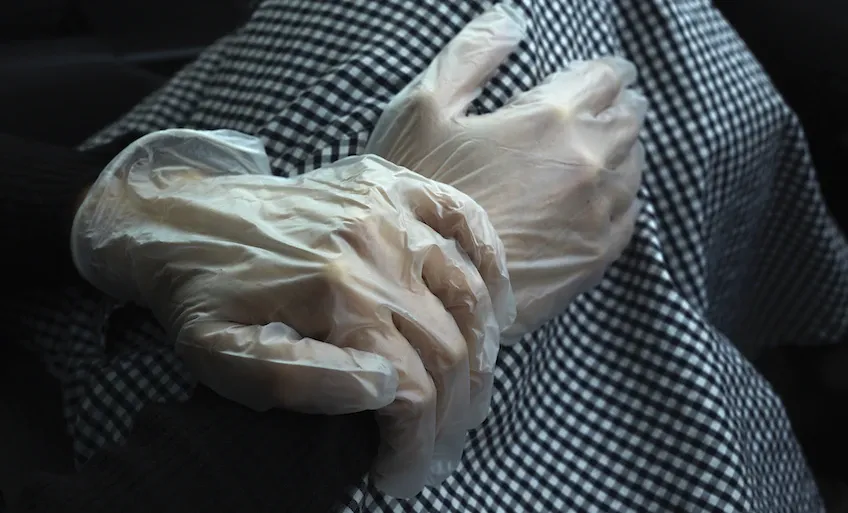
Instagram lockdown image by Sam Hartnett.
In the visual arts, the big news is that Auckland Art Fair will be a Virtual Art Fair, with 30 galleries showing up to 15 works each, that they otherwise would have shown at the fair, from 29 April-17 May. It’s usually only open for four days and this year you get to see the new spoils for free and for longer without dealing with the traffic.
It’s a move which follows Art Basel Hong Kong, who after having to cancel in late March, opened online viewing rooms. Commercially there’s nothing new in this: as the New York Times reports dealer David Zwirner developed virtual viewing rooms way back in 2017. And yet, its success in Auckland could change the way our galleries operate significantly in the future in having their own online viewing rooms. Some already have password-accessed viewing rooms for their artists. Yet there is only so much visceral experience of art a small, flat screen can offer.
And it’s not just the contemporary art fair circuit going online. On Wednesday, Wellington’s New Zealand Art Show - the popular, more conservative platform for artists to sell their work directly to the public rather than through dealers - announced they will open online from 1 May. The ‘show’ will carry on until 31 December, effectively creating a new ongoing sales portal for visual artists accepted for exhibition by the organisers. This is with the financial support of long-term sponsors ASB. The fair was originally scheduled for Queen’s Birthday Weekend.
Meanwhile, in this piece for The Spinoff art section, Objectspace director Kim Paton writes on the way artists have responded to the online environment while at the same time expressing concerns for the future of an arts funding model reliant on lotto tickets. Pictured above, the strong at-home work of photographer Sam Hartnett, one of many treats on Instagram that Paton highlights.
Many arts platforms are using Instagram ever smartly. A shout out here to Pantograph Punch’s Online Festival with a series of livestreamed events via Insta. Meanwhile, highlighting the ingenuity of artists in lockdown is a Mcleavey Gallery’s affecting short welcome into the homes of many of their artists, with even a peek of Yvonne Todd’s ‘septic green’ swimming pool.
This at a time when Creative New Zealand have launched an advocacy campaign to highlight the role the arts are playing: Thankful for Art. The campaign highlights the work of 22 artists.
Walters Prize Concerns
Two weeks ago, I reported on the announcement of the four nominees for this year’s Walters Prize, our most prestigious contemporary art award hosted by Auckland Art Gallery. Now, concerns are growing about the fact that two of the four jurors selecting the nominees were the curators or managing curators behind two of the selected exhibits. In this RNZ story, Auckland Art Gallery has responded noting that the conflicts of interest were noted and made allowance for. Watch this space.
Farewell to the Fierce
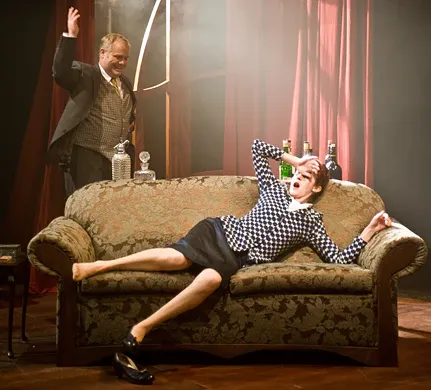
Scene from Dean Parker’s Midnight in Moscow at Circa Theatre.
I’ve been in shock since hearing of the sudden death last Tuesday of one of our finest playwrights, Dean Parker. Here is a tribute on NZ Herald. Still writing prolifically, passionately until the day before he died Dean was, for me, one of New Zealand’s most inspirational artists.
While it often seemed the throngs of the meek were inheriting our small culture, in article after article, play after play Dean argued for theatre as a public forum for difficult conversation, laced with a devilish wit, about our history and our political present. From the Muldoon of Slouching with Bethlehem and Don Brash in his adaptation of The Hollow Men to underdog Tommy Morehu, The Man That Lovelock Could Not Beat, Parker wasn’t afraid to bring the unpopular and the underrepresented to popular light. He saw that as an artist’s duty, and he did it unceasingly. Might we have many, many more of him.
Others have given heartfelt eulogies. Circa Theatre has provided a tribute here, writing that they are “truly heartbroken”. It was only in February they presented two of his latest works Wonderful and a playreading of Shirley and Bill, about Shirley Smith and Bill Sutch… “Fiercely political in all his work with a wicked sense of humour as well as huge depths of compassion and empathy in all his writing, Dean was the real deal.”
Colin McColl directed many of Parker’s plays with Auckland Theatre Company and others and wrote on Facebook that his work is “unique for its witty muscular language, its breadth of ideas, satirical bent and truly authentic kiwi characters.”
Arts Media Directory
Earlier this week, The Big Idea published an updated Lowdown directory to online arts media. This quintessential guide has grown hugely in the past year and helps lead me this week to providing a bumper crop of great recently published arts commentary online. Some of these pieces were to have physical life in magazines or accompanying exhibitions that have not materialised due to COVID-19.
Visual Arts Explosion
City Gallery Wellington curator Robert Leonard has an excellent site for his own writing and has published a piece borne from a visit to sculptor Isabella Loudon’s studio. This was the first of a series of profiles on young New Zealand artists Leonard had planned for Home magazine before Bauer Media gave it the chop.
Loudon’s installation in City Gallery Wellington’s smart show Unravelled was tremendous. The exhibition closed early but had a summer for this commentary by Wei Hao Qi ‘Minimalism ‘unravelled’ to be published. Wei is the magazine’s Shanghai desk editor and this is labelled a ‘web review’, leading me to wonder whether it was reviewed from show documentation.
Also while we’re with City Gallery, Emma Bugden didn’t get to introduce a panel discussion on New Zealand artist-run spaces there in late March but has provided a version of it here. As Bugden says, “People like to bicker over what was the first artist-run space”, so her open approach here is welcomed.
Echoing that history is a sentiment from pioneering New Zealand conceptual artist Bruce Barber: “artists who challenge the model typically are collaborators" in this interview with video art programme Circuit’s director Mark Williams.
The Sydney Biennale closed early and is now setting up online tours of its sites but there are two New Zealand reports back online. Hanahiva Rose at The Spinoff writes on her visit and curator Gabriela Salgrado on her website.
Meanwhile here’s a great Otago Daily Times profile on Mata Aho Collective member Bridget Reweti, currently in lockdown on the Frances Hodgkins Residency in Dunedin.
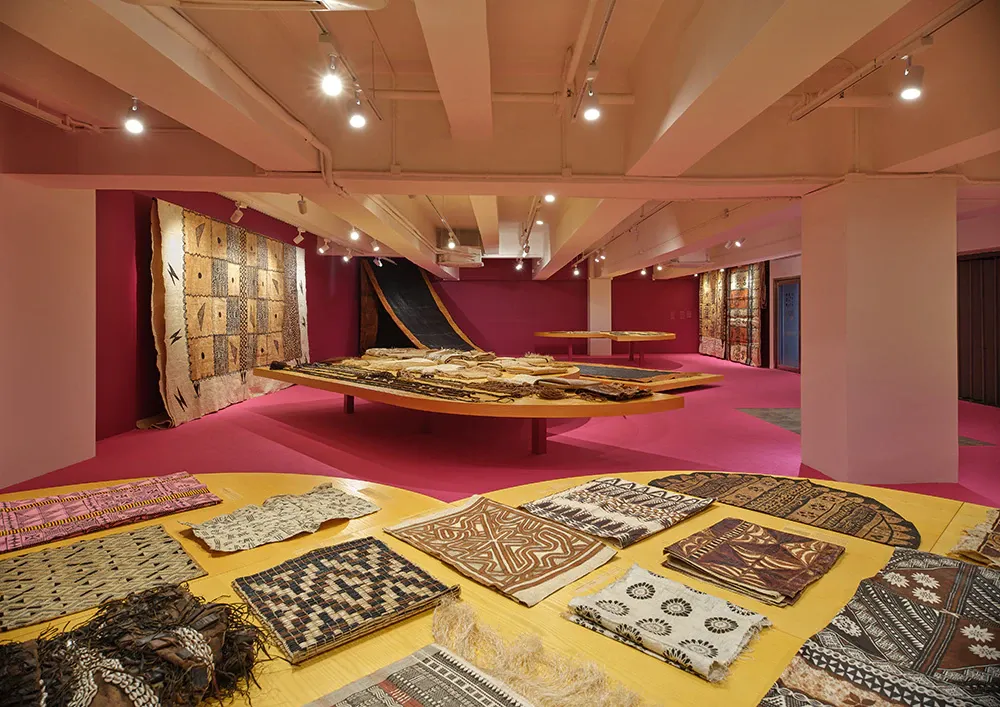
Koloa: Women, Art, and Technology at Para Site, Hong Kong. Installation view. Photo: Kitmin Lee.
Online art platform Contemporary Hum has published a piece on another exhibition closed by COVID-19, Koloa: Women, Art, and Technology at Hong Kong gallery Para Site, which focussed on Koloa, or Tongan customary women’s arts. It features three New Zealand artists - Tanya Edwards, Nikau Hindin and Vaimaila Urale.
Short but sweet, here’s a New Zealand House and Garden piece on Hawke’s Bay sculptor Ben Pearce and the objects he covets.
Online and On the Street
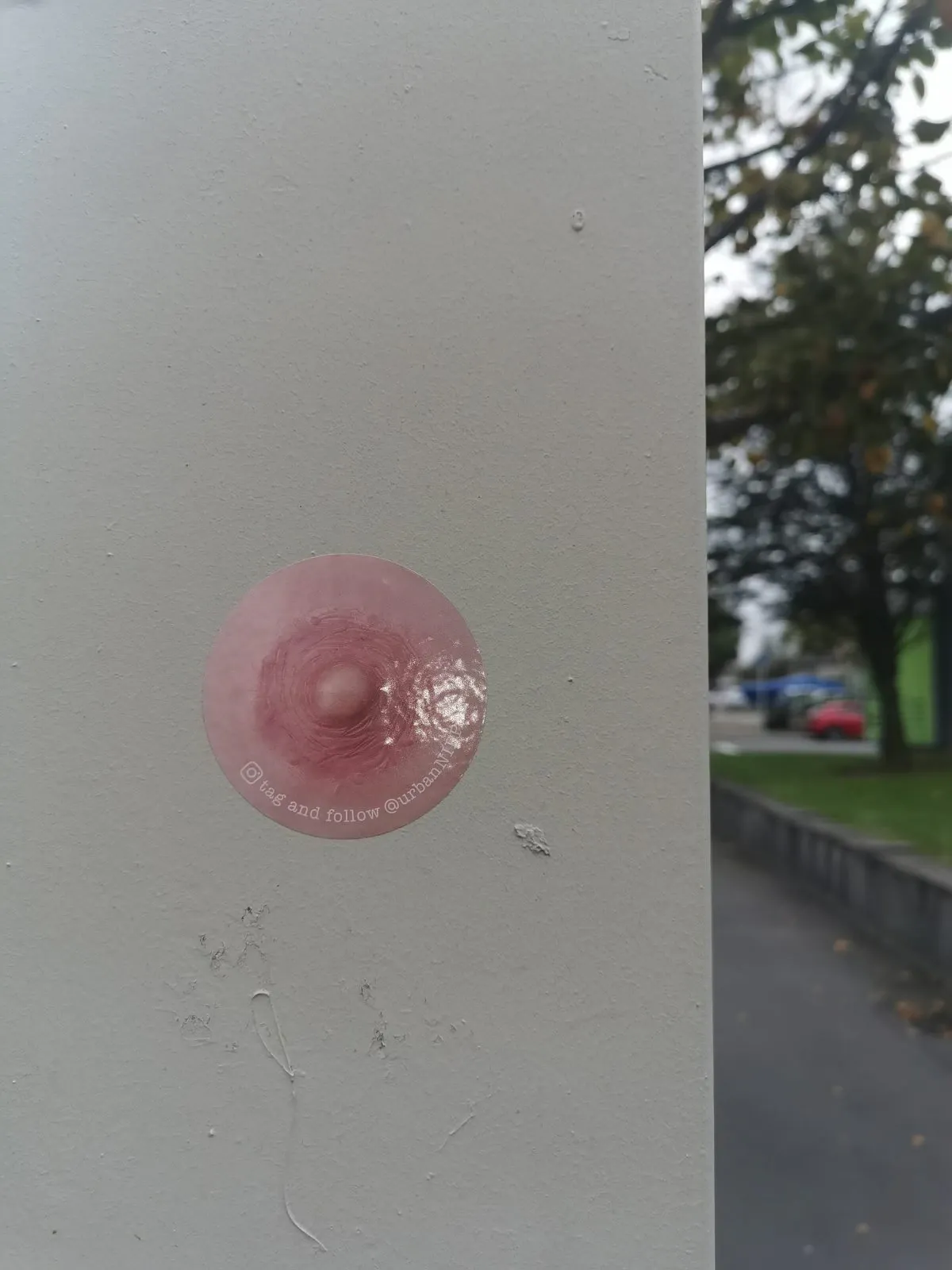
The Urban Nipple Project in Christchurch.
Every week PANNZ, the Performing Arts Network of New Zealand are hosting well-run online discussions on the challenges and opportunities facing the arts currently, and The Big Idea has been taking notes. Here’s Kate Powell’s write up of this week’s hui with new Auckland Art Festival director Shona McCullagh, writer and paediatrician Renee Liang and Auckland Fringe director Borni Te Rongopai Tukiwaho.
A welcome story on excellent youth literature site The Sapling on how strong libraries are online in bringing together activities, storytimes and competitions to keep kids and adults entertained during lockdown.
Meanwhile, I’ve been negligent in not highlighting conversations around the effects of COVID-19 on the design world. Here’s a conversation on NZ visual design site Design Assembly on the impact on design studios.
And another area I’ve haven’t touched on during Lockdown is street art. Reuben Woods continues to give these great recaps on the goings-on in the street art world in Christchurch. In this one, he looks back on the many happenings in March, including the appearance of wee nipple stickers (pictured), as part of the Urban Nipple Project (Instagram, where shown on a road trip: @urbnannipple). These, Woods notes, are “intended to encourage the return of the banned nipple into our shared lives through humorous interactions, getting people to think about sexism and discrimination.”
Finally another fascinating local artist biography on Audioculture from Nick Bollinger: New Zealand poster artist and musician, Chris Grosz. Lesser-known today, Grosz has been creating artwork for five decades, including posters for the likes of Frank Zappa, Bob Dylan and Randy Newman next to numerous locals. As Bollinger relates, Grosz was an artist and musical mate of painter Bill Hammond at high school, and then by the late 60s in Christchurch’s Band of Hope Jug Band.
